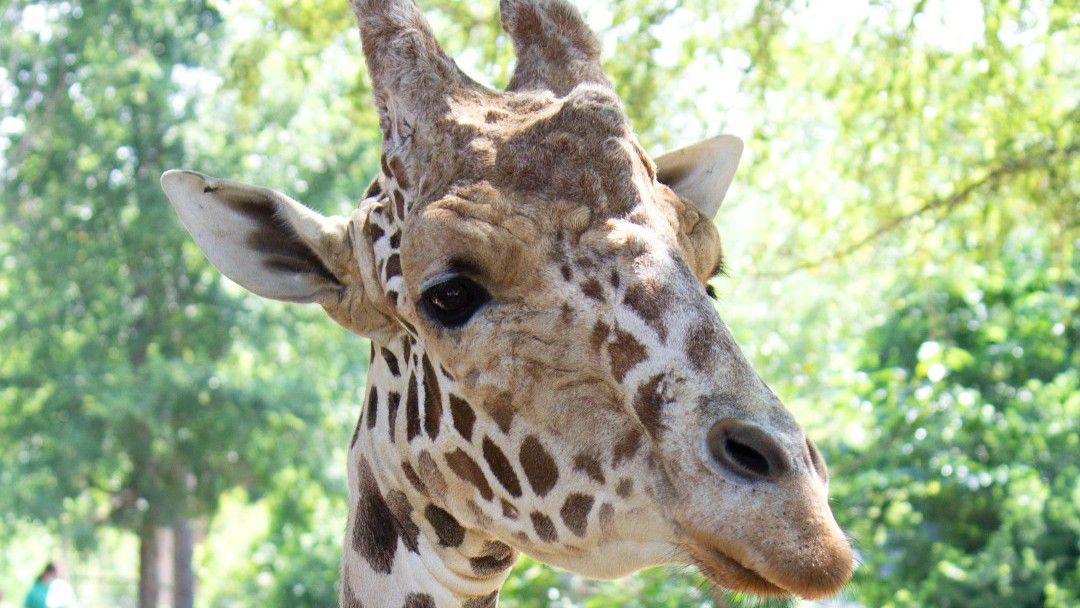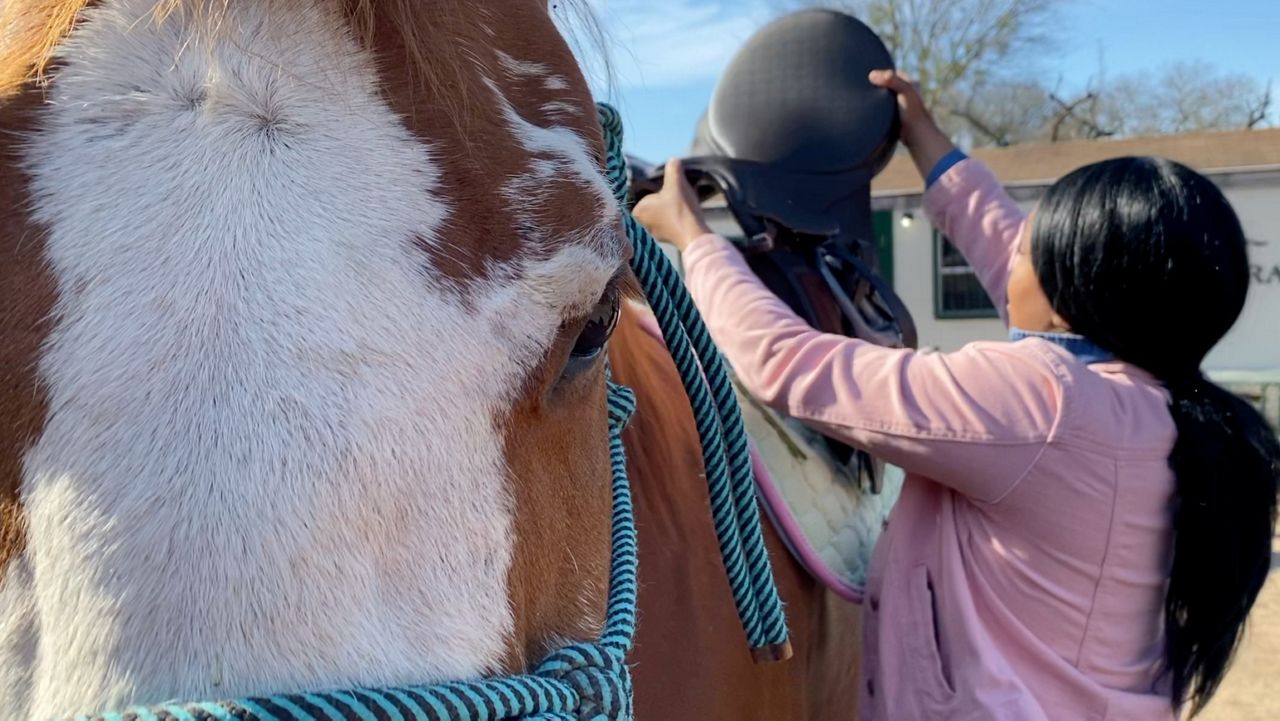SAN ANTONIO — In dedication to the predator of the sea, shark fans are getting ready to dive into another year of the Discovery Channel’s wildly-popular “Shark Week” starting Sunday.
What You Need To Know
- SeaWorld has six different types of shark species
- Expert explains what it takes to care for a shark
- Theme park is practicing social distancing
To find out more about some of the sea creatures shown on the annual TV franchise, Spectrum News traveled to SeaWorld San Antonio to visit with expert Janelle Baca. As the aquarium department supervisor, Baca knows exactly what it takes to care for sharks. Despite a recent park shut down and the ongoing pandemic, her work hasn’t stopped.
“People may not understand all of the work, effort, time and energy it takes into caring for a large animal like a shark. So everything [we do] is from the ground up. From their water to their food, we are providing everything they need to be happy and healthy,” said Baca.
Baca said SeaWorld has six different types of shark species at the theme park. This includes the sandbar shark, sand tiger shark, Atlantic black tip shark, zebra shark, white spotted bamboo shark and a nurse shark.
“[Bamboo sharks] are cool because they only get to about three feet long. They are a bottom dwelling carpet sharks and spend their time on the coral reefs. They are gonna feed on things that they can find around the reefs like little shrimp, little crabs and possibly some little fish,” Baca said.

Just like the bamboo shark, Baca said all sharks play a major role in the ocean. As one of the top predators, the sea beasts help our ecosystems stay balanced.
“They are very important because they keep the populations of fish in check. Sharks will take out the sick, the injured, the dying fish and other species of animals so there is a good balance amongst the species,” she said.
However, sharks aren’t eating all of the time, as many people believe them to be. Baca said sharks are known to have a slow metabolism, only eating twice a week at SeaWorld.
“We feed them anywhere between two to five percent of their body weight. We’ll feed them a variety of fish and feed them by targeting them to different areas based on their species. We feed each species in different areas so there isn’t any competition going on,” Baca said.
If watching sharks during the Discovery Channel’s week-long marathon isn’t enough, fans can get an up close look by touring the Explorer's Reef at SeaWorld San Antonio. To learn more info, visit their website.









